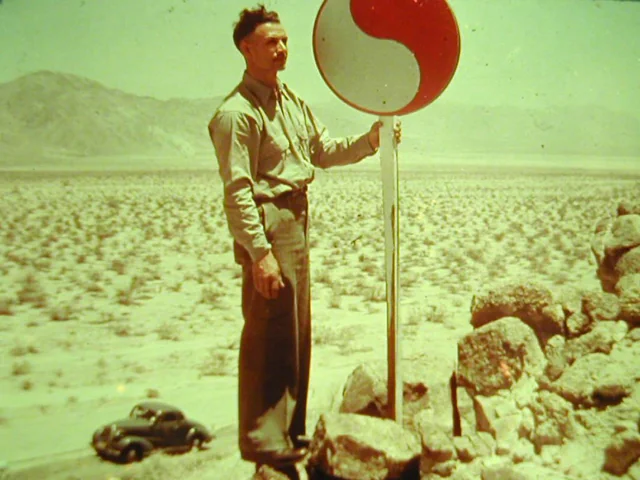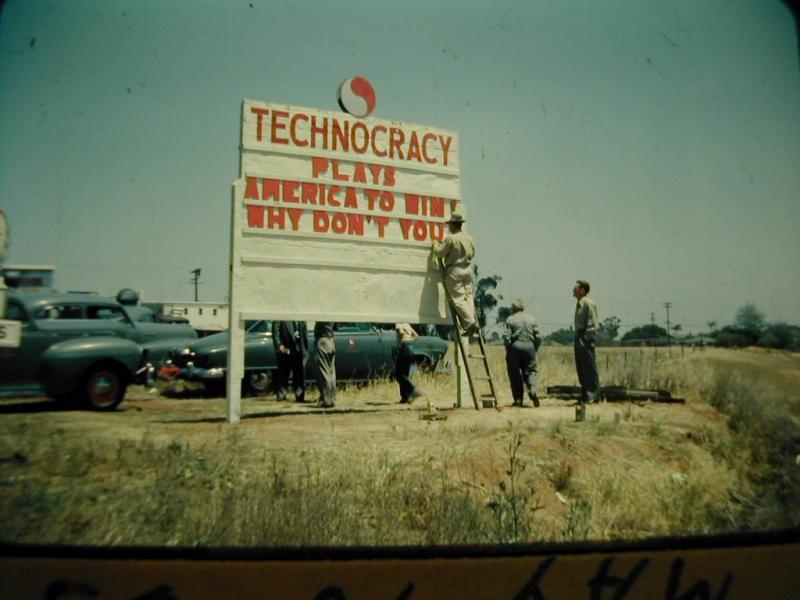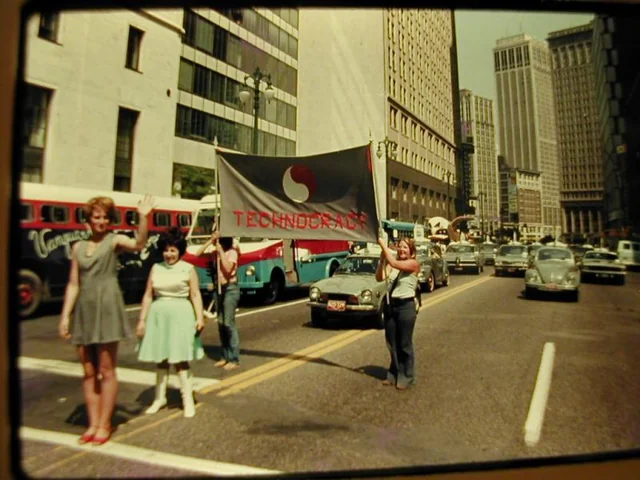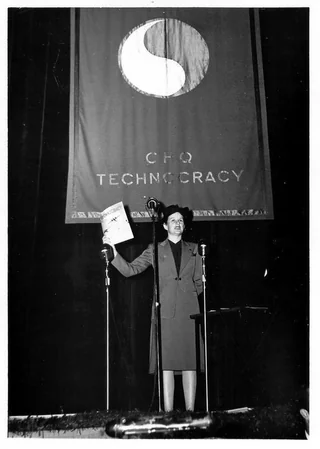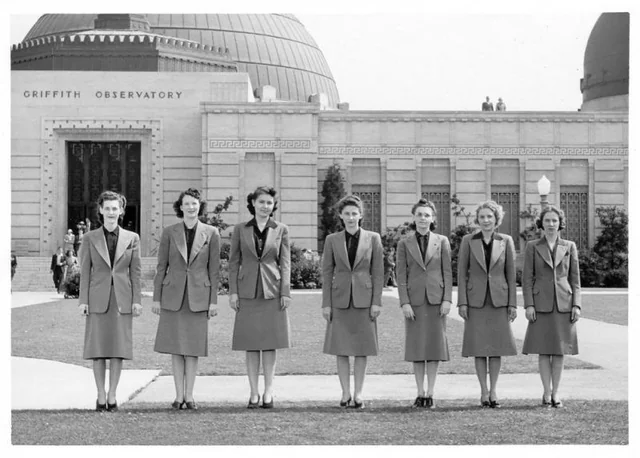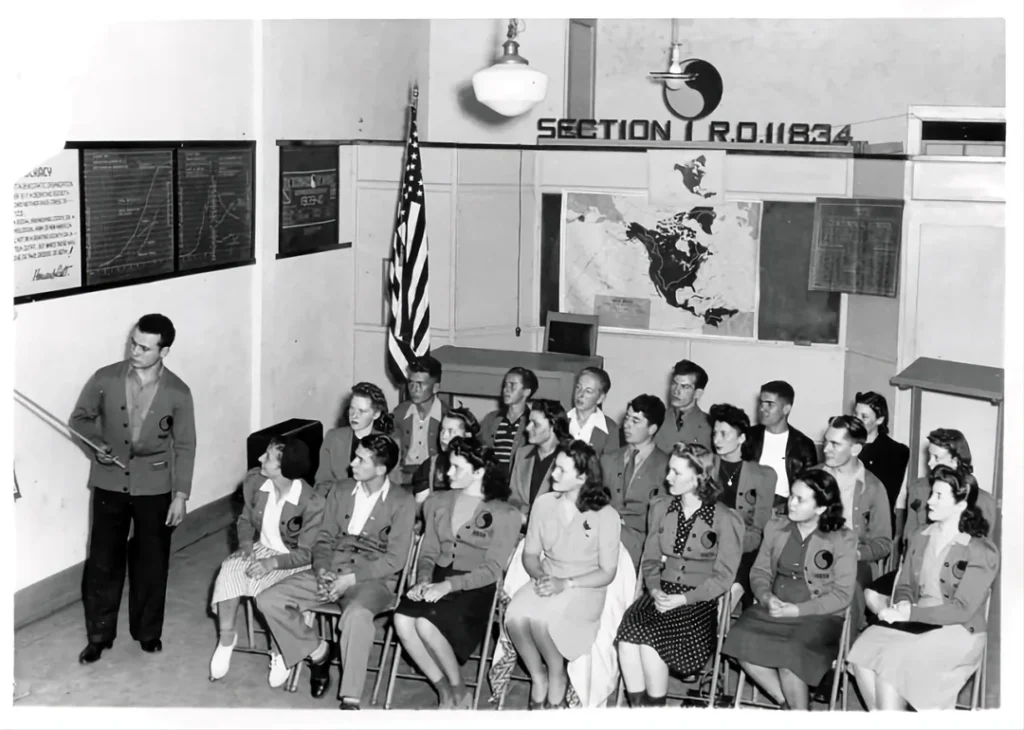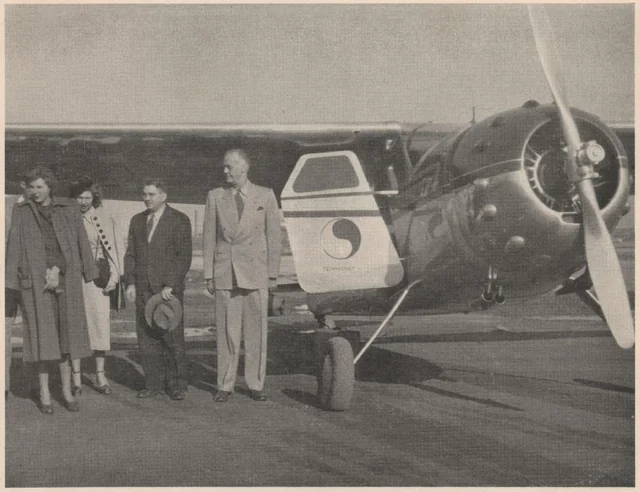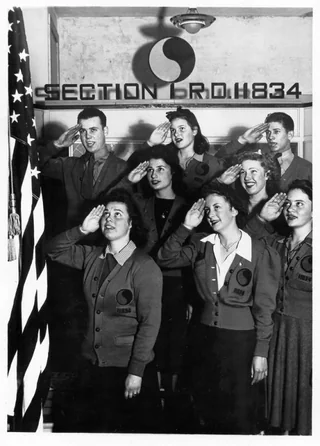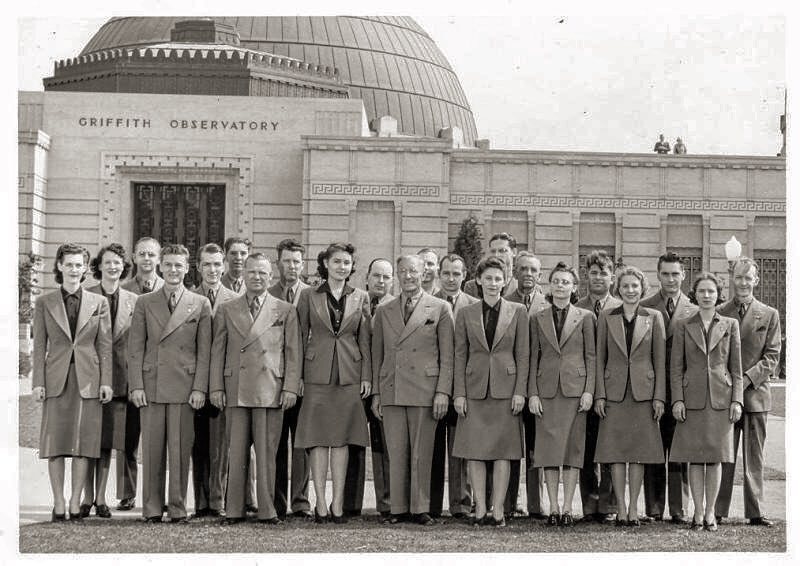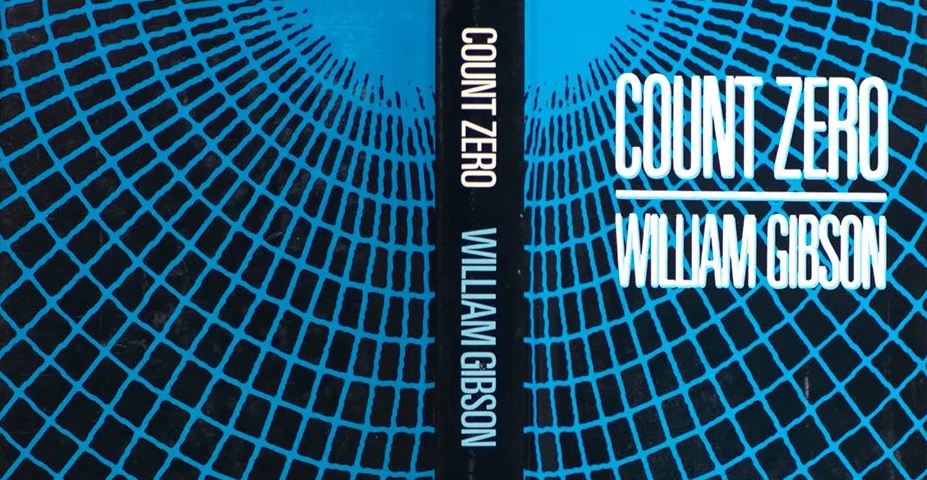A Gray Dream in a Hungry Nation
In December 1919, a lean engineer named Howard Scott gathered a dozen scientists in a Manhattan loft and drew a continent on the wall. “Map every erg of energy,” he told them, “and we’ll tune America like a dynamo.” The group called itself the Technical Alliance, and its survey—unfinished but ambitious—planted the first seed of Technocracy.
They weren’t working from thin air. Novelist Edward Bellamy had already sketched money‑free abundance, economist Thorstein Veblen had mocked the “captains of industry,” and Frederick Taylor had timed factory workers with a stopwatch. Scott blended their ideas into a creed: efficiency is virtue, engineers its priests.
Crash, Broadcast, Boom
The Great Depression struck like an iron fist. Factories idled, breadlines coiled around corners, and faith in elected talkers sagged. Scott seized the microphone. On January 13 1933, he filled New York’s Hotel Pierre and went live on national radio. He promised four‑day workweeks and an “energy certificate” pegged to joules, not dollars. Within months, gray‑suited converts were trading names for numbers and painting their Fords “Official Technocracy Gray.” Membership in California alone swelled past the half‑million mark.
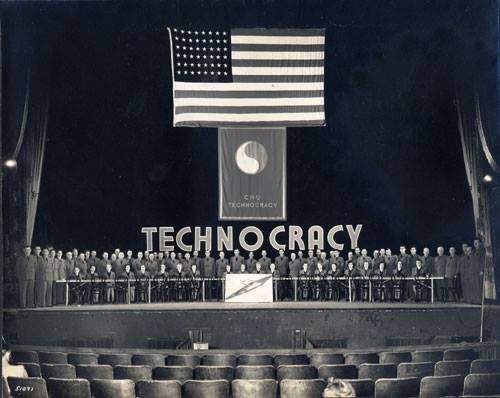
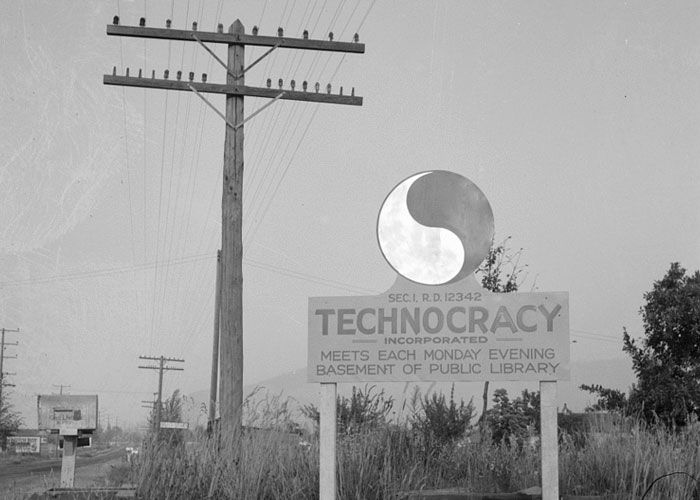
But fame cuts both ways. Reporters laughed at Scott’s résumé, rival engineers called his figures sloppy, and soon the press piled on. The momentum shuddered.
Fun fact: the hue dubbed “Official Technocracy Gray” is the same shade as PANTONE 17‑5104 — “Ultimate Gray,” named Color of the Year in 2021.


War, Bans, and a Caravan of Ghosts
In October 1940, Ottawa outlawed Technocracy Inc. as a wartime security risk. Mounted Police raided chapter halls; even Scott’s Canadian lieutenant—chiropractor Joshua Haldeman, grandfather of Elon Musk—spent a night in jail.
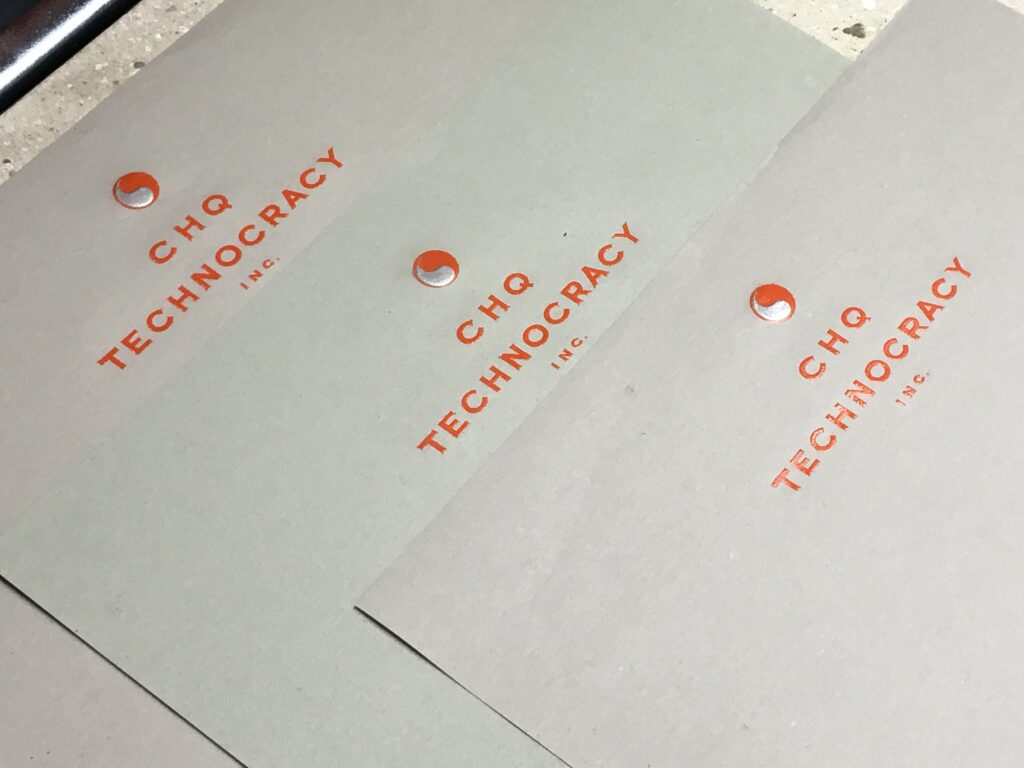
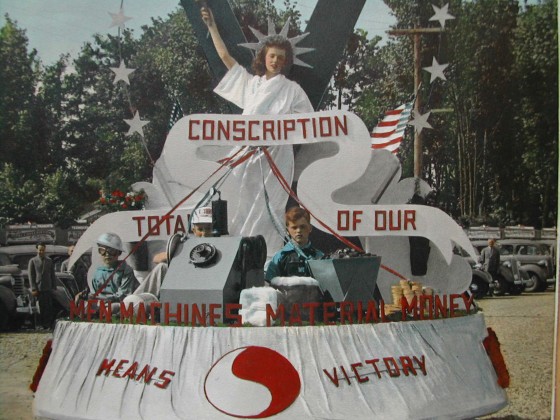
The ban lifted in 1943, but the spell was broken. One last roar came in 1946, when 600 gray cars rolled from Los Angeles to Vancouver in “Operation Columbia,” headlights cutting through the dust like a moving power plant. Then the motors coughed out, and the crowd drifted home.
Still, ideas have longer half‑lives than movements. Geologist M. King Hubbert carried technocratic math into petroleum science and drew the famous “peak oil” curve that haunts energy policy to this day.
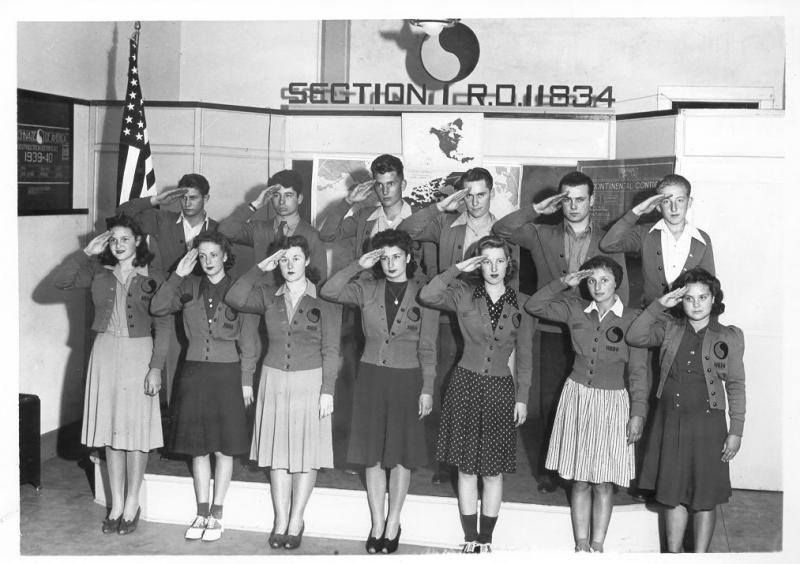
The Circuit Lights Up in the East
While the West argues on X, parts of Asia are busy wiring the city Scott only imagined.
- Singapore — Smart Nation 2.0
The city‑state’s refreshed blueprint, backed by a Digital Infrastructure Act (2025), hands real authority to coders who write the rules for clouds, data centers, even lift control rooms. Fail the stress test and you’re offline. Trust is engineered, not campaigned for. - Hangzhou — City Brain 3.0
On 31 March 2025, Hangzhou threw the switch on an AI nerve center that watches 475 urban “vital signs.” DeepSeek‑R1 learns in real time, tweaking traffic lights, sewage valves, and festival crowd flows without waiting for a human vote. Efficiency first, feelings later.
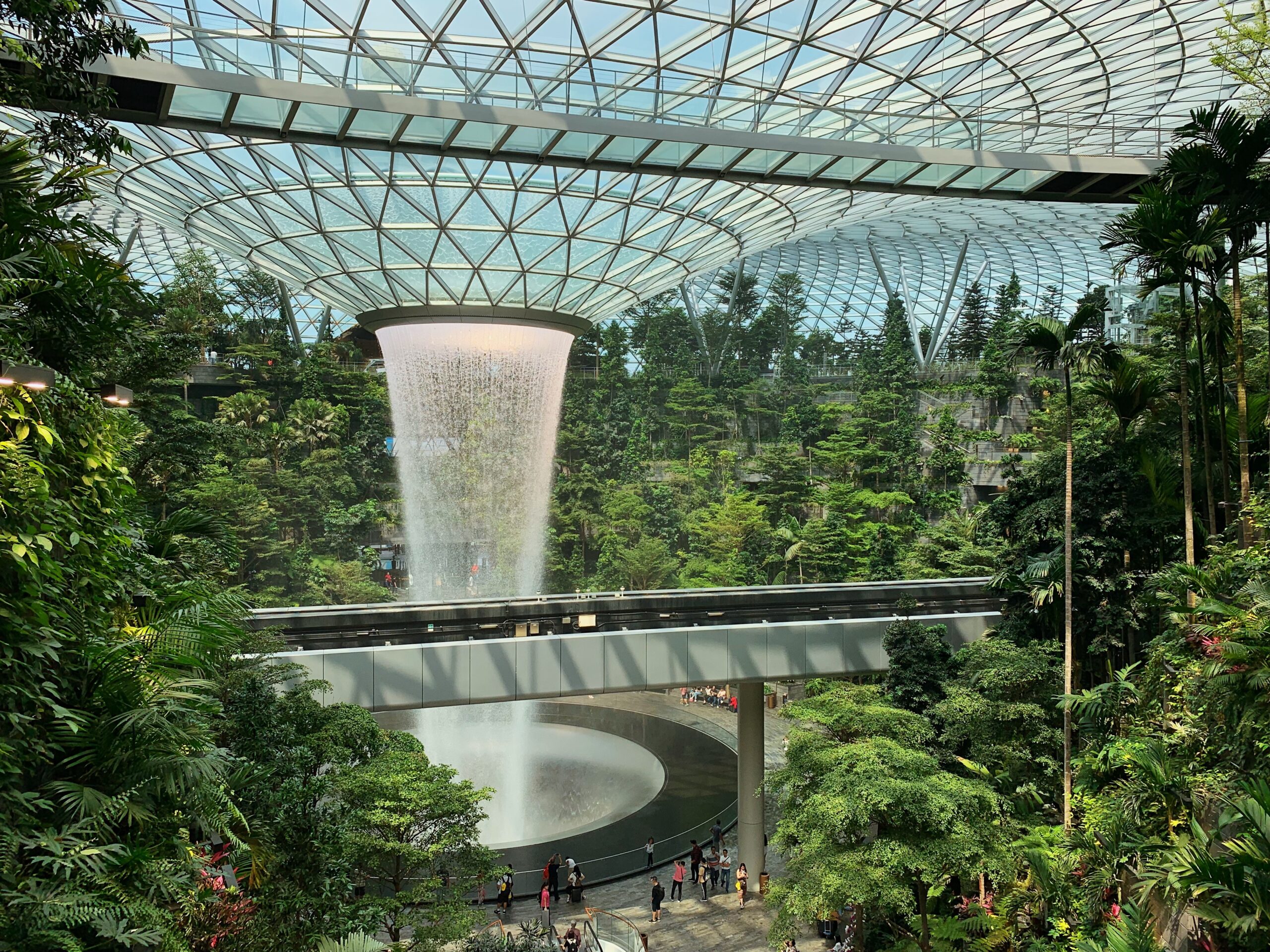
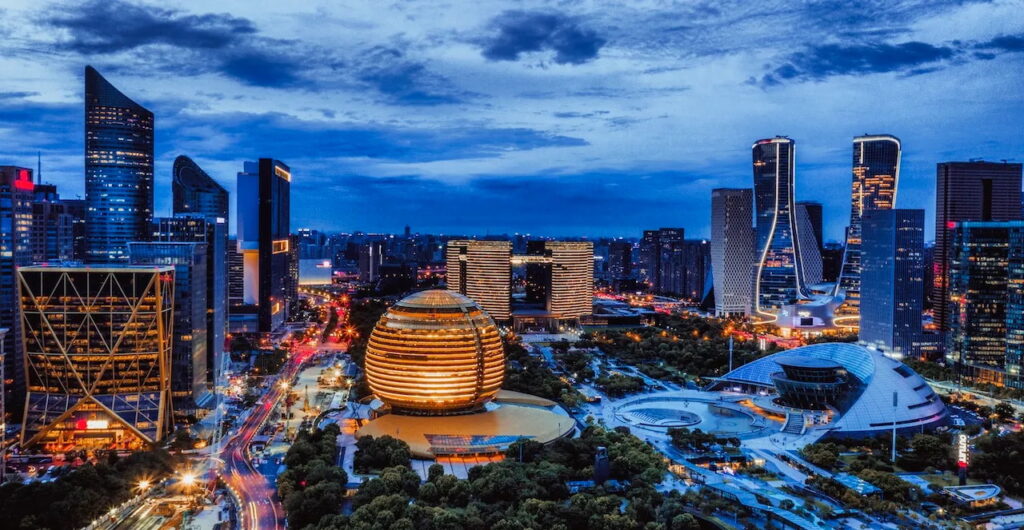
Enter Musk
Elon Musk says government moves slower than molasses and should run on “first‑principles” code. Listen closely and you’ll hear his grandfather’s cadence. Musk’s ventures—Neuralink’s regulatory hacks, X’s experimental content courts—are dry runs for a private technate: experts first, process later. The family echo is more than lore; it’s lineage.
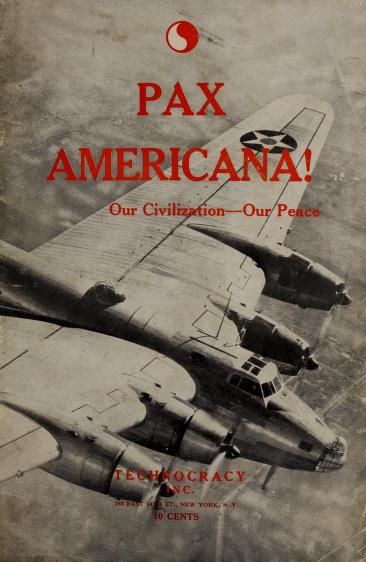
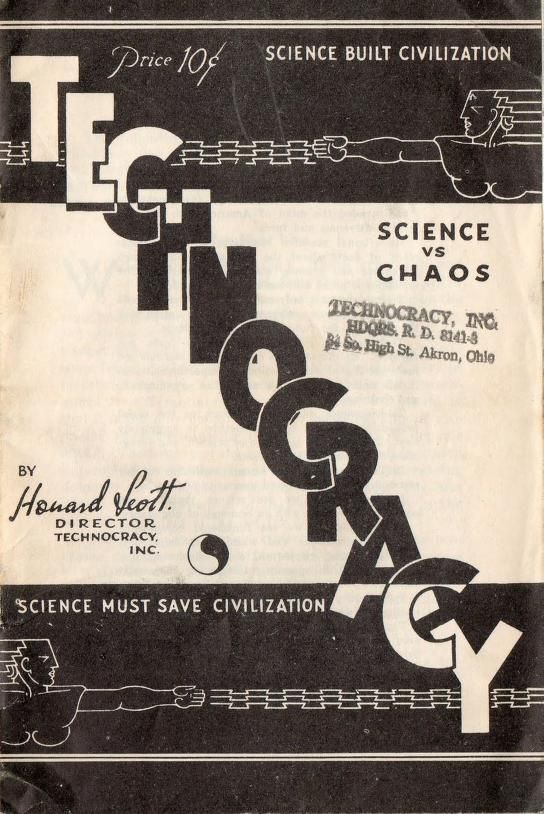
Why It Still Matters
Technocracy was the first mass rebellion against politics by the people who build machines. It failed because it ignored the messy joy of argument, but its gospel of data never died. Isn’t Bitcoin energy based money, in the end? Today, smart‑city dashboards and corporate AI charters are nudging us back toward Scott’s gray horizon.
The question is older than the transistor and sharper than ever:
Do you trust the hand that writes the code more than the hand that casts the ballot?
Choose well. The servers are already humming.
